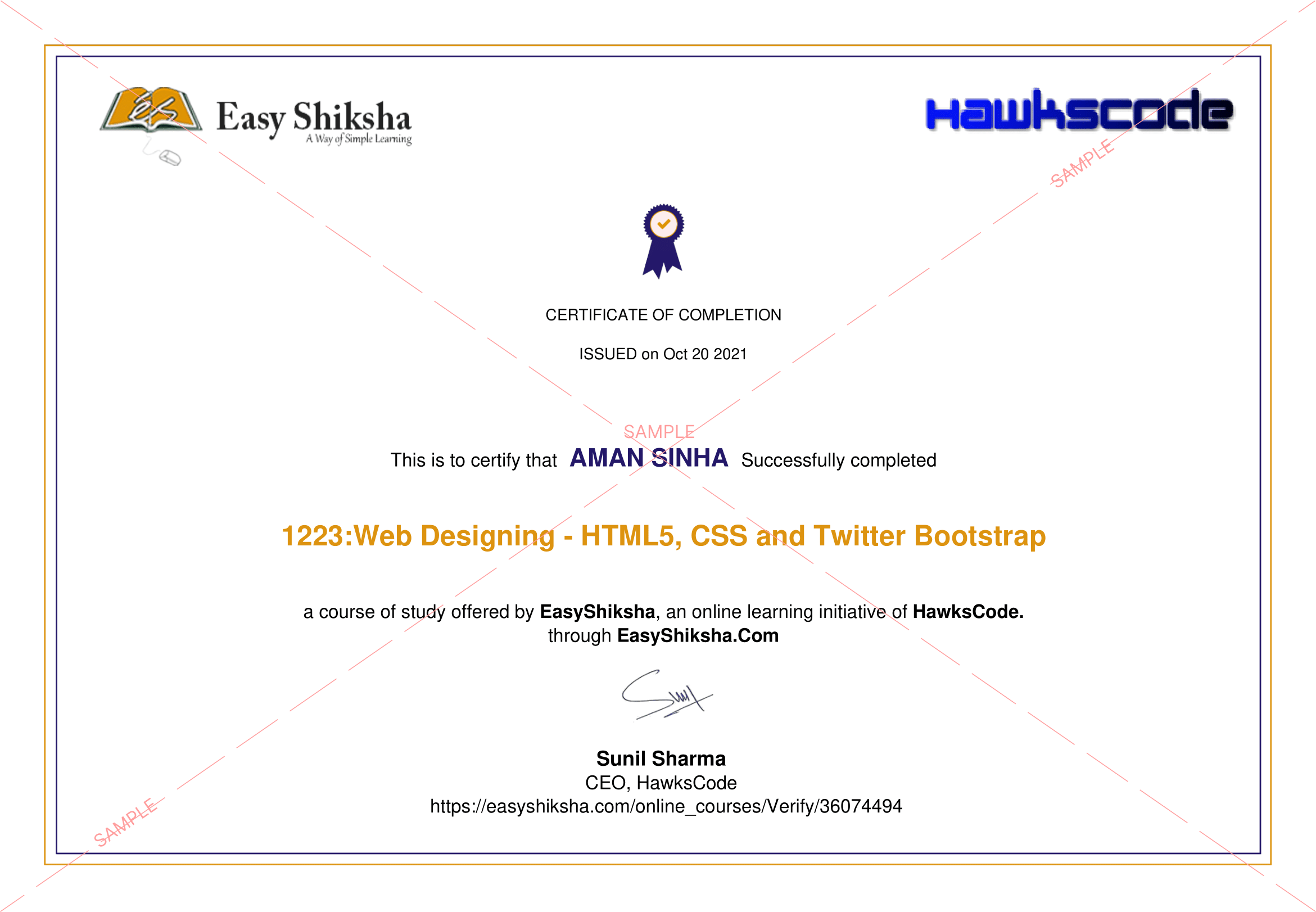
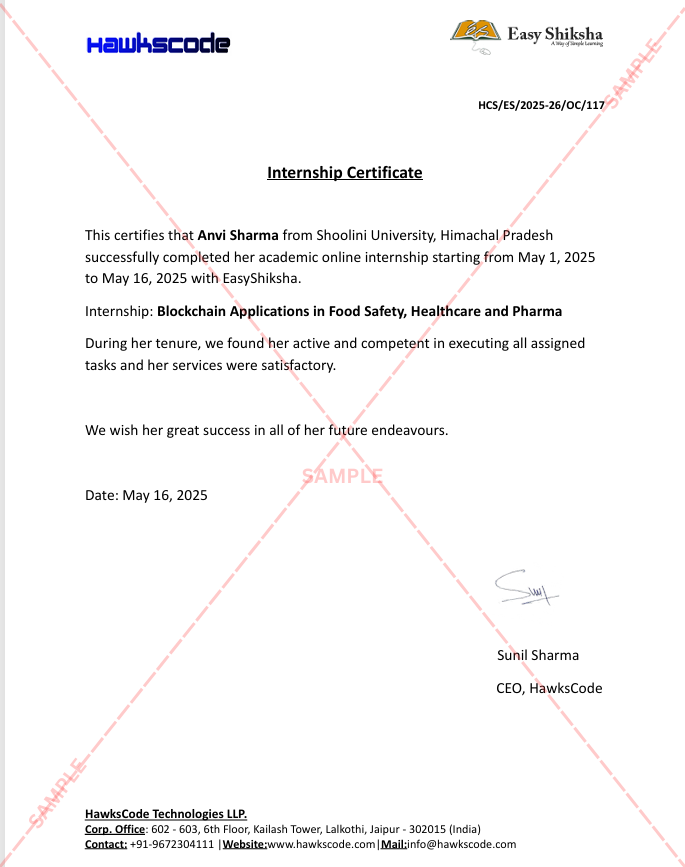
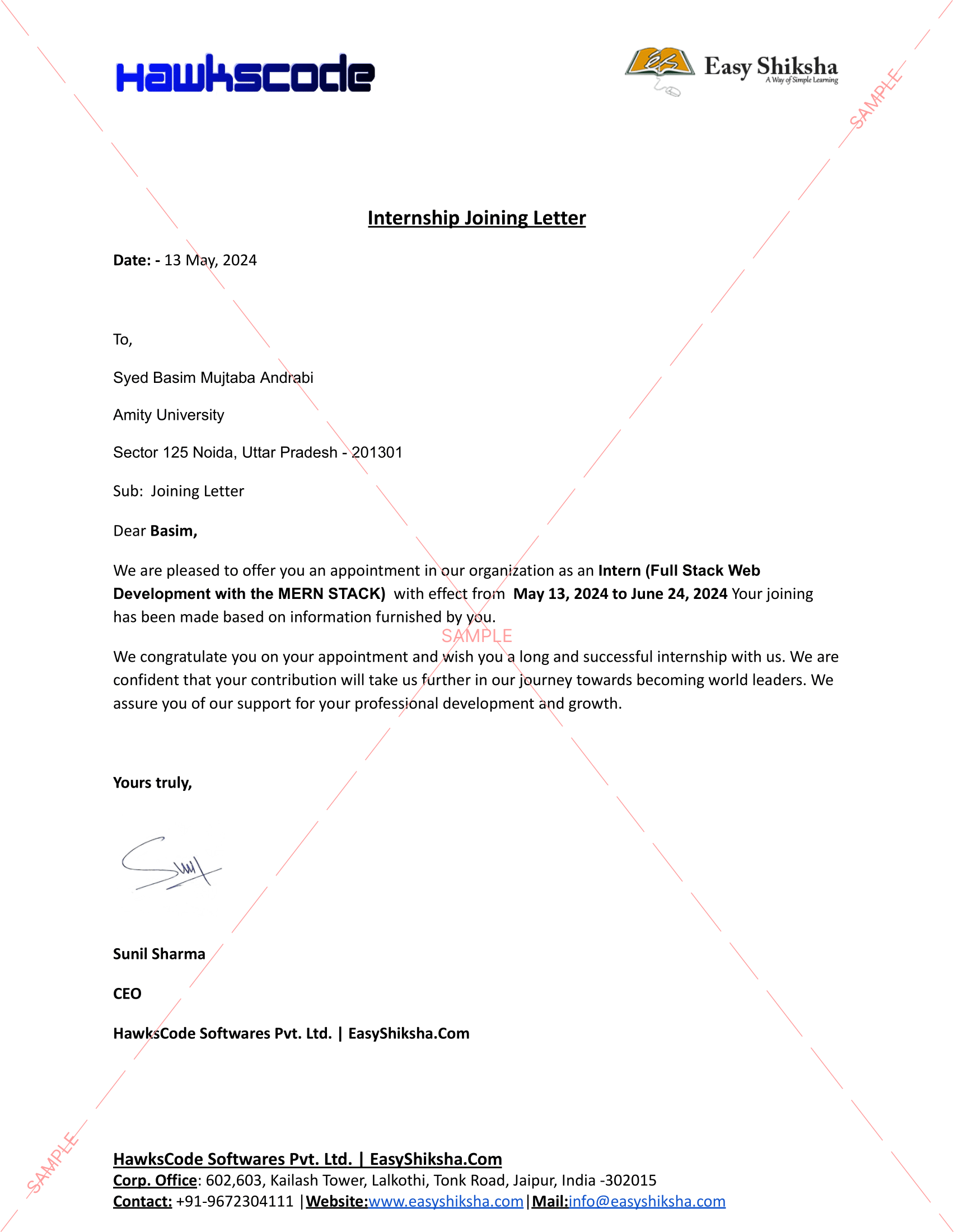

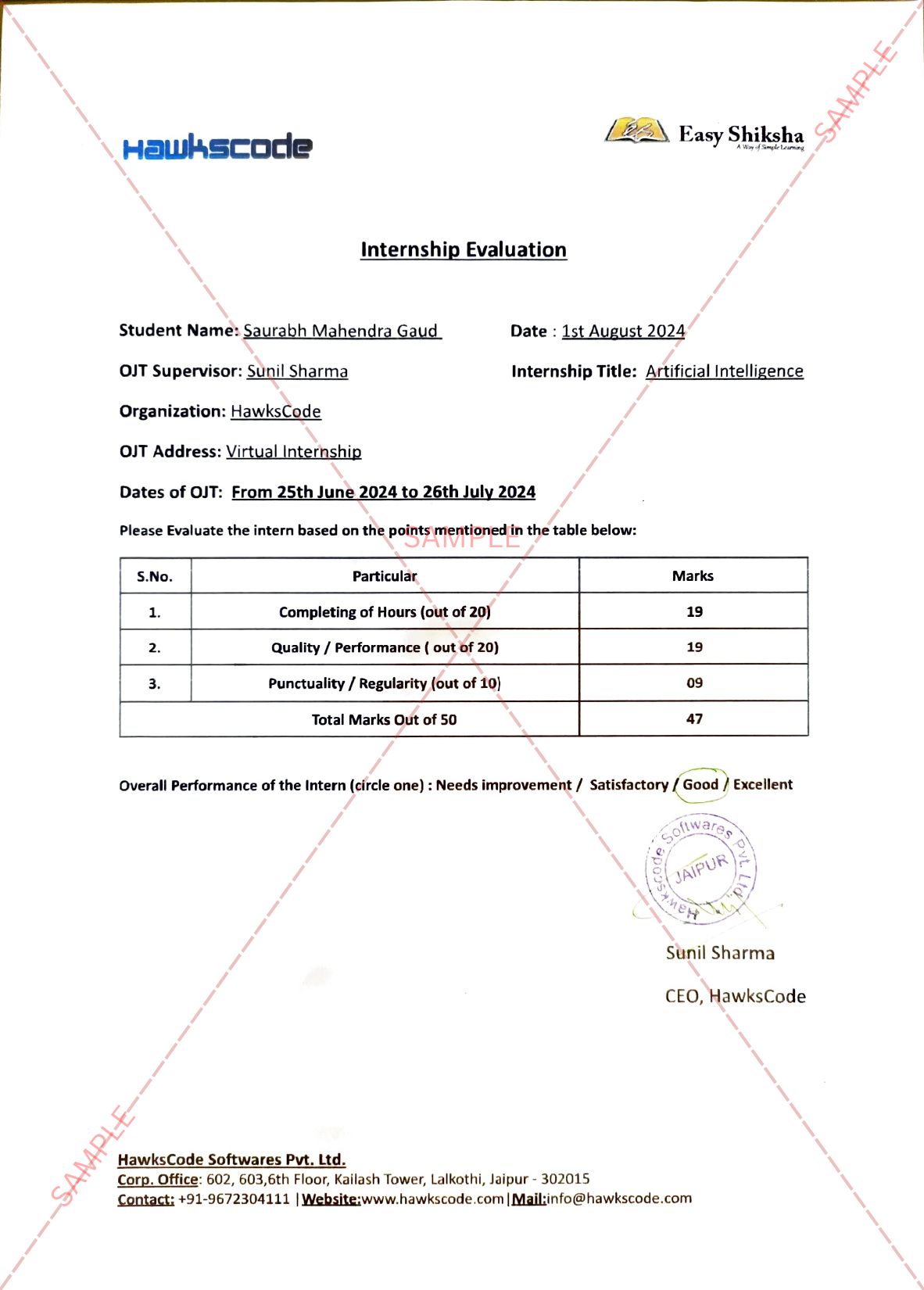

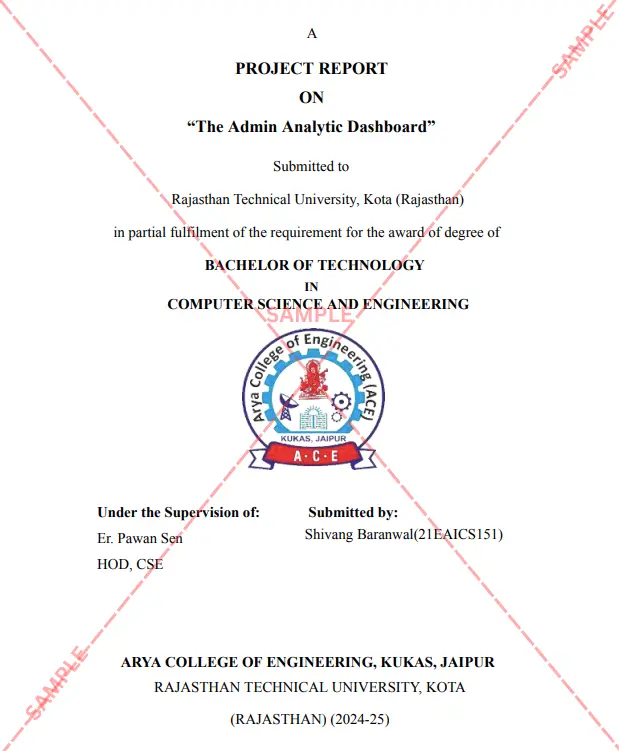
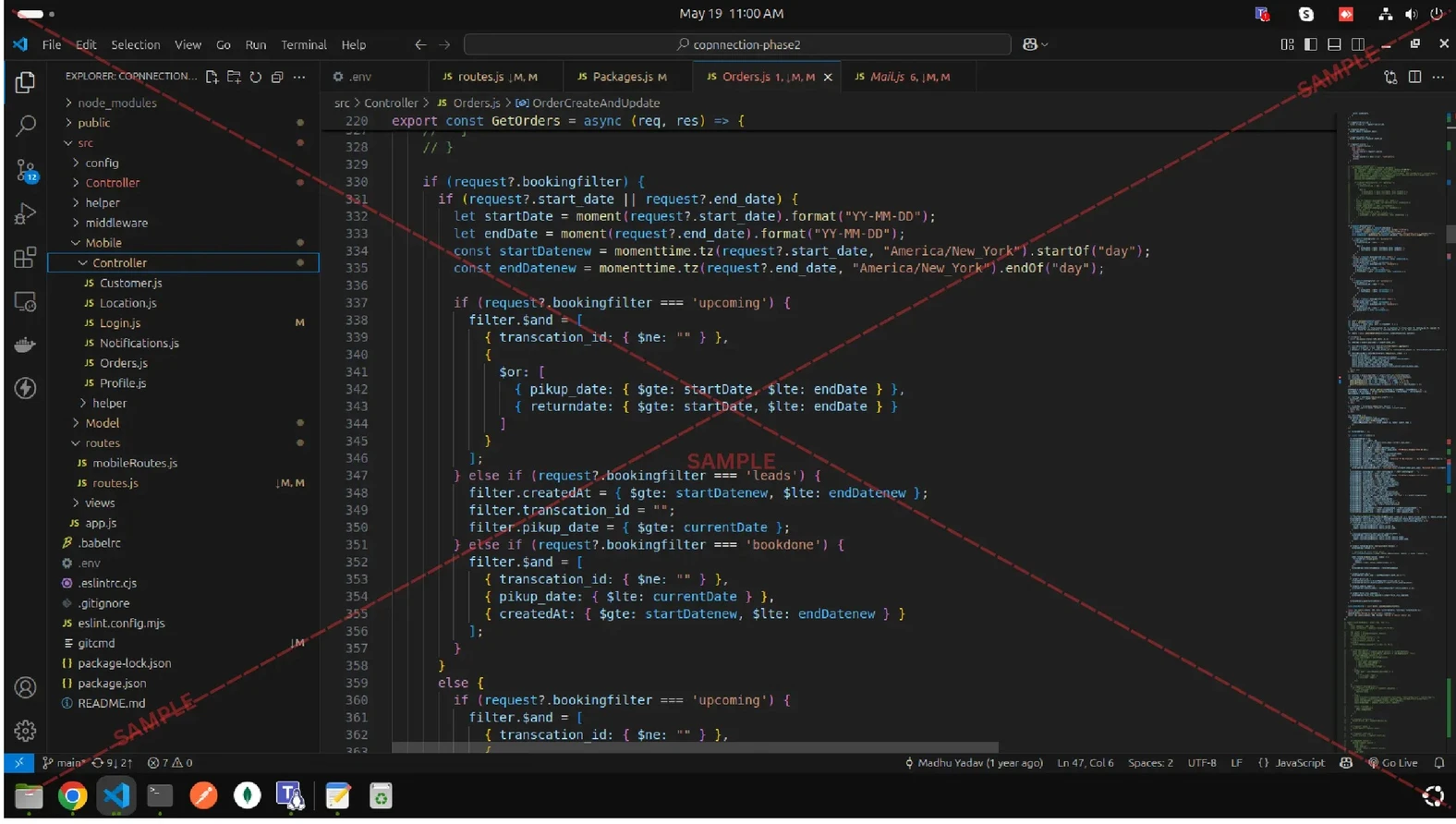



AI writing tools are everywhere, and it's tempting to throw them into every part of your process. They're fast, accessible, and sometimes shockingly good. But not every stage of writing benefits from artificial intelligence. Knowing when to trust it (and when to trust yourself) is what makes the difference between decent writing and effective writing.
It's a known fact that AI writing can sound flat, repetitive, or even inaccurate. That’s why many rely on non ai essay writers trusted by students, bringing the professionalism and human touch that AI so often lacks. Yet, you can still plug AI into your workflow to save time and reduce burnout. But there's a limit.
The key is to treat AI as part of your toolkit, not the whole toolbox. Below, you'll find a breakdown of what AI is great at, where it falls short, and how to find a balance between speed and substance.
Brainstorming and Ideation: Let AI Spark It
The blank page is where most people freeze. It's the reason half-written Google Docs sit untouched. AI is useful here. Tools like ChatGPT or headline generators can help surface fresh angles or refine your topic into something more concrete.
Whether you're writing about cryptocurrency, eco skincare, or niche software tools, AI can offer prompts, sample outlines, or variations you might not have considered.
This stage is where AI can work quickly without compromising the quality of your final result. The more you experiment with prompts, the better your output will be. Just don't let it choose for you. The goal is to use AI to explore options.
Research and Fact-Checking: Use with Caution
AI can summarize a lot, but it can't verify anything. That's a problem when accuracy matters.
Use AI to:
But don't let it act as your sole source. AI doesn't cite real-time or peer-reviewed material unless explicitly programmed to do so. Always back up important claims with verified sources, especially when writing for clients, brands, or academic purposes.
And when in doubt, fact-check it yourself. The extra few minutes could save you from publishing something incorrect or misleading.
Drafting: Use AI for Structure, Not Substance
This is where things get tricky. Should AI write your first draft?
Sometimes, yes, especially if you're staring at the blinking cursor with no clue how to begin. You can ask AI to create a skeleton or even generate a rough draft based on your notes.
But here's the rule: use AI to start, not to speak for you. Your experience, voice, and point of view matter.
One underrated trick? Use a random number calculator to break your draft into small, manageable chunks. If you need to write 1,000 words, use the calculator to assign word count targets to different sections so AI (or you) don't overwrite or underdeliver in any one area.
Try starting each paragraph with a prompt like "Explain why…" or "Give a real-world example of…" to keep your draft rooted in original thinking. You can even ask AI to help you frame counterarguments or restructure paragraphs if something feels off, but the ideas should always come from you.

Editing for Clarity: Where AI Can Really Shine
This is one of AI's strongest zones. It can tighten up your writing, simplify complicated phrasing, or fix grammar fast. Many tools even offer tone suggestions or spot passive voice you didn't realize you were using.
Editing with AI saves time, especially in the cleanup stage. You can paste in a paragraph and ask for a more concise version, or compare several tone options without rewriting them yourself.
This is a good place to give AI the reins, but always read it out loud after. AI can fix structure, but it can't tell when your voice feels off. You can.
Another benefit? AI can surface common editing patterns you might miss, like overusing filler words, repeating ideas, or starting every sentence the same way.
Voice, Tone, and Style: Keep This Human
Ryan Acton, an education expert from the essay writing service EssayHub, puts it this way: "Style isn't just about choosing better words. It's how you build trust with your audience." Letting AI dictate tone is like letting someone else wear your name tag. It feels off, even when the message is correct.
This is especially true in marketing, personal branding, or creative writing. AI tends to smooth things over too much, turning bold personality into bland clarity.
The fix is simple: write your rough ideas using AI if you must, but always revise with your own tone in mind. Even just rewriting the intro or conclusion in your voice can give the whole piece more energy.
It's your job to bring the edge, the rhythm, and the realness that keep readers engaged.
Final Review and Fact Integrity: Trust Yourself
The final read is a human job. Don't skip it.
Even if your draft sounds fine, go through it with a sharp eye, especially if you used AI at any stage. Look for factual errors, mismatched tone, or logic that only makes sense to a machine.
Use this checklist to stay sharp:
This is also a great time to step away from the screen for a few minutes, then come back with fresh eyes. AI can help you write quickly, but you still need to finish strong.
Conclusion
AI can make writing easier, faster, and more structured, but it's not a replacement for your brain. Think of it as a writing assistant, not an author.
Let it help you brainstorm, clean up grammar, or shape your outline. But keep your own voice front and center, especially when it comes to tone, storytelling, and original insight.
The best writing workflow isn't one where AI takes over. It's one where you know exactly when to let it in and when to shut it off.
More News Click Here

Discover thousands of colleges and courses, enhance skills with online courses and internships, explore career alternatives, and stay updated with the latest educational news..

Gain high-quality, filtered student leads, prominent homepage ads, top search ranking, and a separate website. Let us actively enhance your brand awareness.